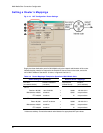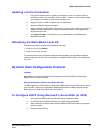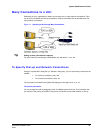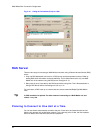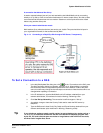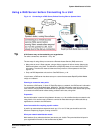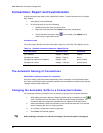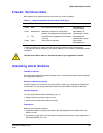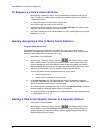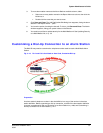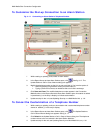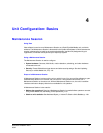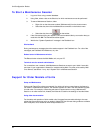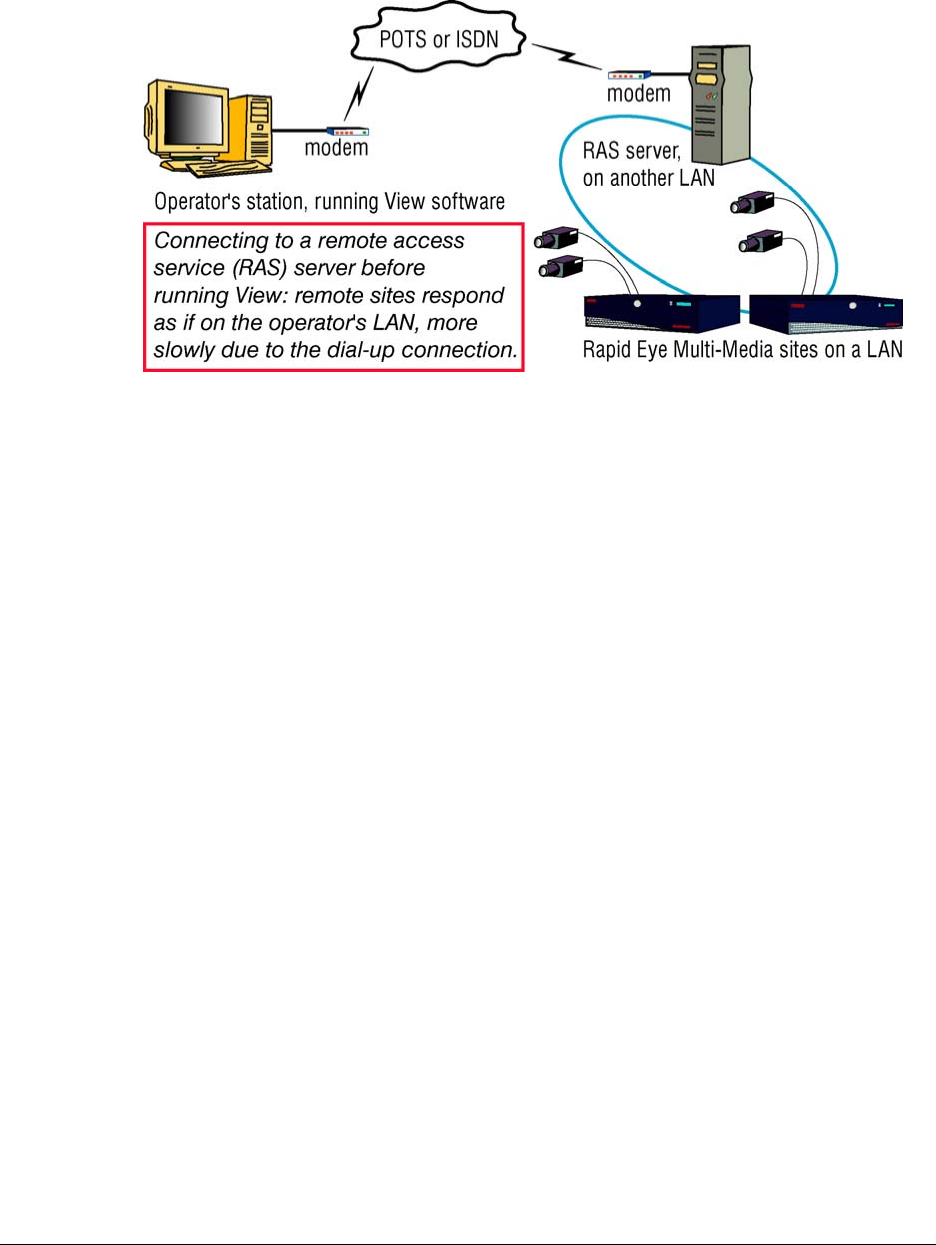
System Administrator’s Guide
Document K14392V1 Rev A 47
07/07
Using a RAS Server before Connecting to a Unit
Fig. 3–15. Connecting to a RAS Server, Before Running View to Operate Units.
Tip
A RAS server may not be needed by your organization.
For other connections, see table 3–1 on p. 29.
The two ways of using dial-up to connect to a Remote Access Service (RAS) server are:
• Many units at once. A View operator, using a dial-up program of his/her choice, dials-up the
RAS server before using View. The definitions of Rapid Eye sites do not contain RAS or PPP
information. The sites are meant to behave as if they were on a View operator’s LAN. See
figure
3–15.
• Only one RAS-dependent unit at a time. See
RAS Server, p. 44.
In both cases, a RAS server has been set up on a server that accesses Rapid Eye Multi-Media
unit(s) on a network.
Planning to connect to many units
For access to a RAS server “in front of” Rapid Eye sites on a network, the RAS server’s information
is not recorded in the Multi-Media sites’ definitions. The RAS information must be known by the
user of the PC and recorded in a Microsoft dial-up application. The user must use the dial-up utility
to connect to the RAS server before starting a session at the site, using View.
Preparation
Use the information in section
Using Network Access, on p. 34 to define the sites as network units,
using Admin. You can then use a modem to connect to these sites using the Microsoft dial-up
application to connect to the RAS server.
Use of an outside line requiring a prefix number
A prefix is an extra telephone keystroke such as a “9” or an “8” that you should be set in the
Window's Telephony program, running on the PC.
What your network administrator needs
Multi sessions (live, retrieval and alarm) are sent to port 10,000. This port should be left open in
your organization’s firewall, for the sockets used by Multi.




